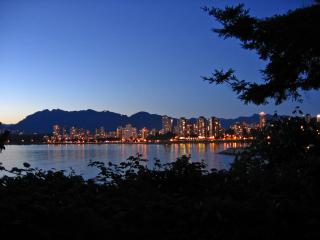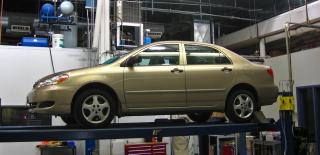Remembrance Day is a fundamentally problematic holiday. On the one hand, it is meant to recognize the awfulness of war. On the other, it is meant to glorify those on our side who participated in wars. A truly pacifist holiday might be more easily palatable, but it would doubtless arise the ire of those who served in past conflicts and those who recognize the righteousness of at least some of them.
Wars can be divided into three categories:
- Those fought for reasons of immediate self defence (i.e. the Polish defence efforts when both Russia and Germany attacked at the outset of the Second World War).
- Wars fought for purposes that we can generally recognize as morally admirable now (the defence of the innocent).
- Wars fought for purposes we know consider immoral (territorial gain, the elimination of ethnic groups, etc).
What arises in response to this categorization is the question of to what degree those today can judge the wars on the past on the basis of contemporary ideas of morality. If Canada’s participation in the First World War was essentially in defence of imperialism, does our subsequent belief that imperialism is an unacceptable aim alter how we should feel about the war? Secondly, there is the matter of the individual evaluations of soldiers. If soldiers have no responsibility for assessing the rightness or wrongness of the war they are in, we are obliged to honour the Nazi machine-gun operator defending Juno Beach as much as the Canadians storming it. If soldiers are responsible for assessing the morality of the wars they participate in, we cannot simply honour them as a block.
When you move beyond crude patriotism to an ethic of equal human worth, it becomes very difficult to continue to accept war memorials at face value.



